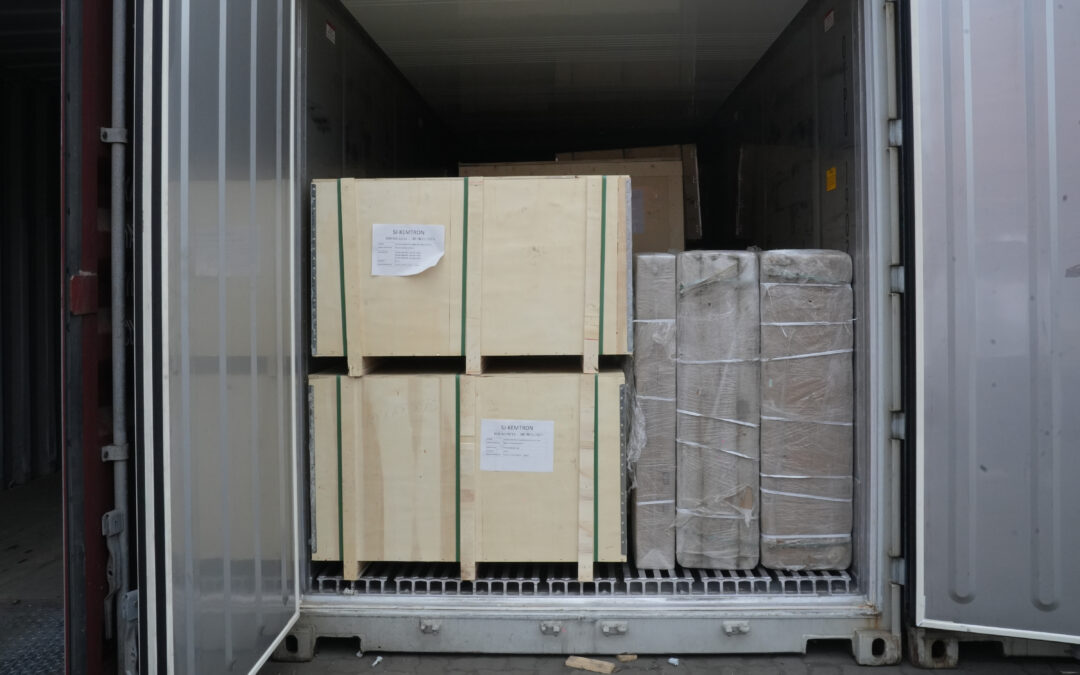FCL and LCL
Maritime shipping has been the logistics service to move cargo containers worldwide for the past few years. Out of the three modes of transport, waterways are one of the most efficient ways to transport goods. But making the best choice between the two logistics services, FCL Shipping and LCL Shipping, might be a task.
Cargo can also be shipped internationally using different transport methods. Choosing the right shipping option is important, and freight forwarders should consider factors like cargo size, cost, and delivery time.
Before deciding on sea freight, it’s essential to understand FCL and LCL. Keep sailing with us to find out which one is the right choice for your business!
What is FCL Shipping?
In FCL shipping, a single container is entirely reserved by a vendor for his consignment. This means that a full container load (FCL) consists of a container that is exclusively used by one customer.
With FCL shipping, the entire container is used by a single shipper, there’s no need to share space with other vendors. This makes the process safer and more efficient.
Businesses that ship large quantities of goods can benefit from FCL since the container is reserved just for them. This reduces handling risks and simplifies transportation.
Even if the container isn’t completely full, it can still be shipped as a full container load. Since the shipment doesn’t need to be separated or unloaded in parts, FCL deliveries are usually faster than other shipping methods.
What is LCL Shipping?
If you are looking to ship a cargo that won’t require much space or an entire container, Less than Container Load (LCL) is the most useful shipping method.
An LCL container is used when an exporter needs a cost-effective and efficient option for smaller shipments. LCL means sharing a container with freight shipments from several different shippers. LCL cargo consists of a wide range of items that must be shipped to various destinations worldwide.
The only drawback of LCL shipping is that it involves additional paperwork, and it may take longer to get to their destination as the process includes unloading, sorting, clearing through customs, and then dispatching them.
Differences between FCL and LCL
Quantity of Goods: The volume of your shipment, or how much space it takes up in a container, plays a big role in deciding whether to use FCL or LCL. LCL is typically the best option for shipments smaller than 13 cubic meters.
Shipping Cost: Cost is an important factor when choosing between FCL and LCL. With FCL, you pay for the whole container, regardless of whether it’s full or not. On the other hand, LCL is more affordable because you share the container space with other shipments, splitting the cost.
Safety of Goods: Everyone wants their goods to arrive safely. FCL offers more security because the container is dedicated to just one shipper, reducing the risk of damage. LCL shipments are shared with others, increasing the chance of mishandling or damage during transit.
Speed of Delivery: Time is often crucial when shipping goods. FCL is faster because your goods are the only cargo in the container, reducing delays. LCL shipments are slower as they include items from multiple shippers, requiring more handling and processing before delivery.
Conclusion
Choosing between FCL and LCL depends on the size of your shipment, budget, and urgency. As a leading logistics company in India, Total Transport provides both FCL and LCL shipping services to suit businesses of all sizes. If you have a large volume of goods and prioritize security, speed, and minimal handling, FCL is the best option.
On the other hand, if your cargo is smaller, cost-effectiveness is key, and you don’t mind slightly longer transit times, LCL is the ideal choice. We hope you enjoyed sailing with us and now have a clarity on which of the two is the best choice for your business.
Get in touch with Total Transport today to make your logistics experience smooth as we pledge to keep our promises to you since 1994.





Recent Comments